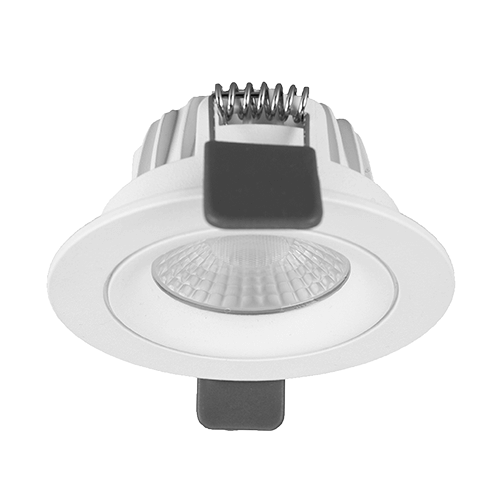Lighting plays a crucial role in creating an inviting and comfortable atmosphere in your living room. Among the various lighting options available, recessed lights are a popular choice due to their versatility and ability to blend seamlessly with any decor style. However, finding the perfect placement for recessed lights can be a daunting task. In this article, we will explore the best practices for placing recessed lights in your living room, ensuring that you achieve optimal lighting and transform your space into a well-lit haven.
The first step in determining the placement of recessed lights is to consider the purpose of lighting in your living room. Are you trying to create a well-lit overall space, or do you want to highlight specific areas such as a focal point, artwork, or architectural features? Understanding the purpose of lighting will guide you in deciding where to position the recessed lights.
Before you start installing recessed lights, it is essential to create a lighting plan for your living room. Consider the size and shape of the room, as well as the existing light sources, such as windows and other fixtures. A balanced lighting plan includes a mix of ambient, task, and accent lighting.
Ambient lighting provides general illumination and is typically achieved through overhead fixtures or recessed lights. Task lighting is essential for specific activities such as reading or working, while accent lighting adds depth and visual interest to the room. By combining these three types of lighting, you can create a well-rounded lighting design.
The general illumination provided by recessed lights should be evenly distributed throughout the living room. A commonly used guideline is to space the recessed lights approximately 4 to 6 feet apart. This spacing ensures that the room is well-lit without creating any areas of excessive brightness or shadow.
For optimal general illumination, align the recessed lights with the long axis of the room and position them in a grid pattern. Start by placing lights closer to walls and gradually space them further apart as you move towards the center of the room. This layout creates an even and balanced distribution of light.
If you have specific areas in your living room that you want to highlight, such as artwork or architectural features, strategically placing recessed lights can draw attention to these focal points. Use adjustable recessed lights or directional trims to direct the light precisely where you want it.
For artwork, position the recessed lights approximately 30 to 40 degrees away from the wall and about 18 inches to 3 feet in front of the piece. This placement will help reduce glare and create a dramatic effect. For architectural features, such as a fireplace or a textured wall, place recessed lights above or below to accentuate the details.
Proper placement of recessed lights in your living room can greatly enhance the ambiance and functionality of the space. By following the guidelines outlined in this article, you can create a well-balanced lighting design that complements your decor and meets your specific needs. Remember to consider the purpose of lighting, create a comprehensive lighting plan, ensure even distribution for general illumination, and strategically highlight specific areas. With careful consideration and planning, your living room can become a well-lit and inviting retreat for both relaxation and entertainment.
 HK international lighting fair(Autumn Ed
HK international lighting fair(Autumn Ed
 What Type of Downlight Is Suitable for H
What Type of Downlight Is Suitable for H
 What Makes Recessed Down Lights Ideal fo
What Makes Recessed Down Lights Ideal fo
 Enhancing Outdoor Lighting with IP65 Rec
Enhancing Outdoor Lighting with IP65 Rec